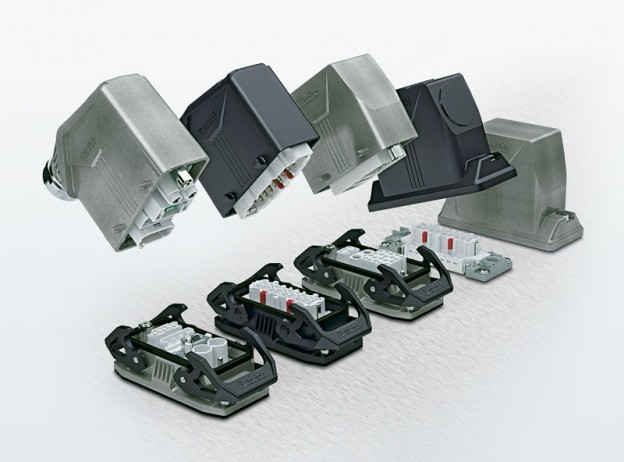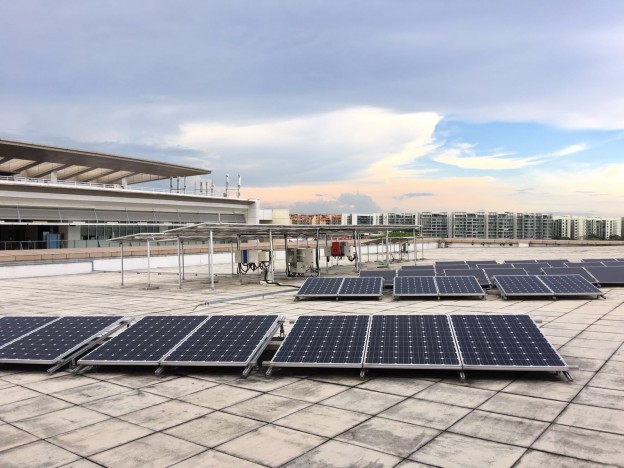
Heavy-duty connectors are typically made of aluminium as it is supposed to be tough and durable. However, being an innovative company and discontented with the current industrial norm, Phoenix Contact had come up with HEAVYCON EVO in plastic.
The plastic used in HEAVYCON EVO housing is not just any normal plastic, it is made of polyamide, reinforced with glass.
So, how strong is strong? Several tests were done to the plastic HEAVYCON including basic IP and NEMA tests in accordance with DIN EN 60529, NEMA 250. This ensures that the contact inserts within the plastic housing are protected against the ingress of dust and heavy jet water. The other tests include:
Vibration test in accordance to IEC 60068-2-6

Harmonic, sinusoidal vibration is applied to HEAVYCON plastic housing to simulate rotating, pulsating or oscillating forces. HEAVYCON plastic housing fulfils these requirements, making it ideal for heavy machinery application.
Temperature shock test in accordance to IEC 60512-11-4

We simulate significant temperature changes by switching HEAVYCON plastic housing between 2 chambers of extreme temperatures within seconds. The result is affirmative – HEAVYCON plastic housing is suitable to be used in applications with ambient temperature between -40 to 125 degree Celsius.
IK shock test in accordance to IEC 62262

Shock is introduced by dropping a hammer of 1.7 kg mass from a height of 0.3m. HEAVYCON plastic housing is able to meet the mechanical requirements similar to the HEAVYCON aluminium housing.
Roll over test in accordance to DIN IEC 62196-1

This is a special test carried out on the plastic housing where a forklift truck weighing several tons rolls over it. HEAVYCON plastic housing is able to withstand high amounts of stress from heavy, moving loads without any adverse effects on its function. In fact, in Singapore, we proved it again by driving a car over the connector.
Dynamic load test

Besides the strength of the plastic housing, we have to ensure the latching mechanism is heavy-duty enough as well. In this test, we applied a force of 200N to the cable at an angle of 90 degree. This is to test the HEAVYCON EVO bayonet as well as the locking latch between the housing and panel mounting to make sure that they do not malfunction under extreme static load.
Through the tests we have done, we can conclude that plastic can be as strong as metal too, in this case aluminium. To find out more about the durability of our HEAVYCON EVO in plastic, leave us an email at marketing@phoenixcontact.com.sg!

















 Phoenix Contact has been serving the railway industry for decades, especially for rolling stock and signalling. Safety and reliability has always been our number one concern when developing products for railway applications.
Phoenix Contact has been serving the railway industry for decades, especially for rolling stock and signalling. Safety and reliability has always been our number one concern when developing products for railway applications.


























